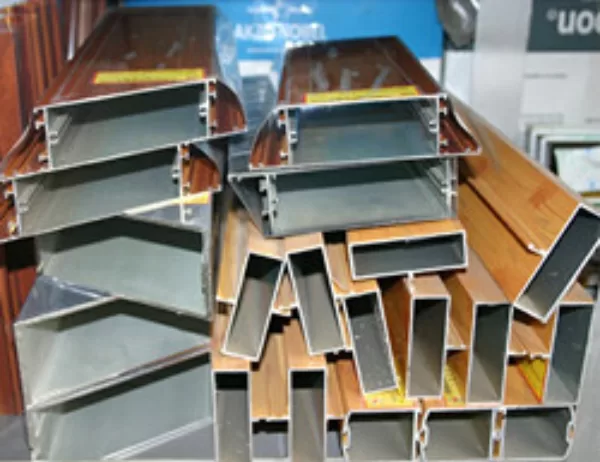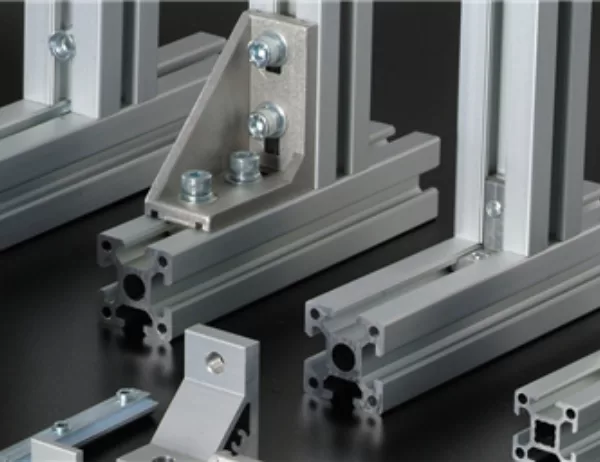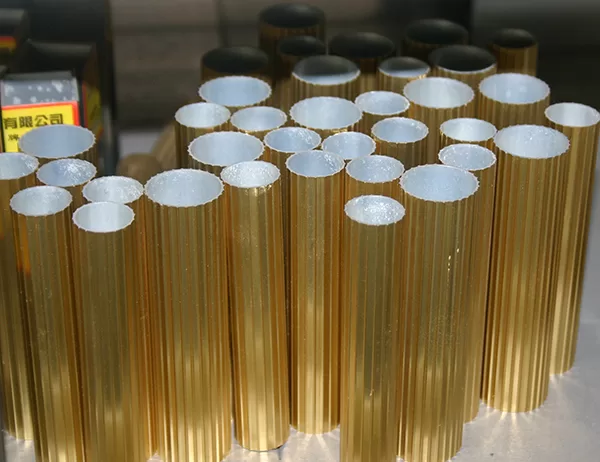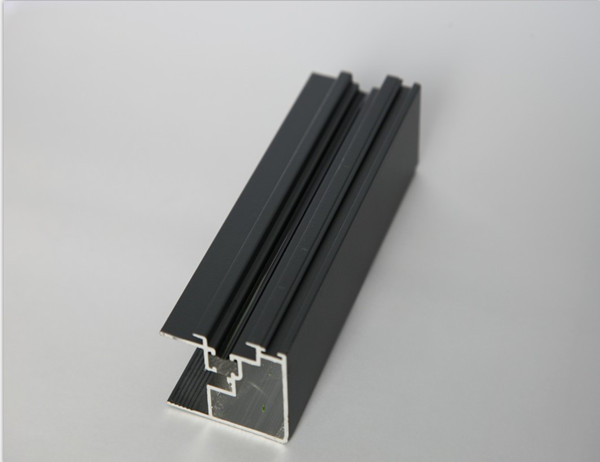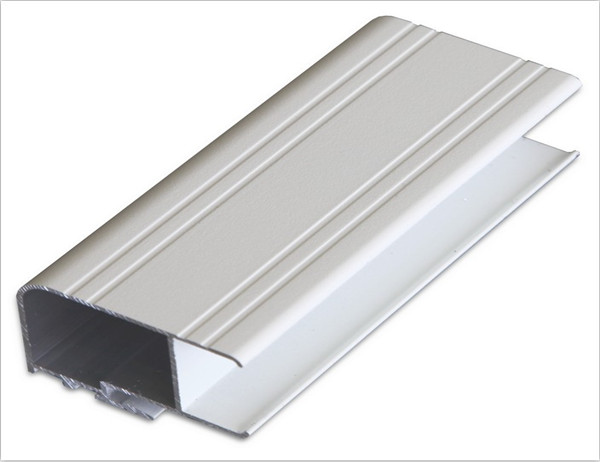Introduction:
“Aluminum Alloy Tubing: A Comprehensive Guide” is an invaluable resource for engineers, designers, and manufacturers who utilize aluminum alloy tubing in their applications. This guide provides a thorough overview of the material, its properties, and fabrication techniques, empowering readers to make informed decisions when selecting and using aluminum alloy tubing.
Aluminum alloy tubing offers an array of desirable properties, including:
– Lightweight: Aluminum is a lightweight metal, making it ideal for applications where weight is a concern.
– Strength: Aluminum alloys are strong and durable, providing excellent structural integrity.
– Corrosion resistance: Aluminum alloy tubing exhibits excellent corrosion resistance, making it suitable for use in harsh environments.
– Electrical conductivity: Aluminum has high electrical conductivity, making it a suitable choice for electrical applications.
Various fabrication techniques are employed to shape and form aluminum alloy tubing, including:
– Extrusion: Aluminum alloy tubing can be extruded into complex shapes, providing precise dimensional control and reduced material waste.
– Drawing: Aluminum alloy tubing can be drawn through a die to reduce its diameter and achieve a smooth surface finish.
– Welding: Aluminum alloy tubing can be welded using various techniques, such as TIG welding and MIG welding.
– Machining: Aluminum alloy tubing can be machined to create precise cuts, holes, and threads.
Aluminum alloy tubing finds wide applications across various industries, including:
– Aerospace: Aluminum alloy tubing is extensively used in aircraft construction due to its lightweight and strength.
– Automotive: Aluminum alloy tubing is employed in automotive frames, suspension systems, and exhaust systems due to its corrosion resistance and strength.
– Construction: Aluminum alloy tubing is utilized in building facades, curtain walls, and scaffolding due to its architectural appeal and durability.
– Energy: Aluminum alloy tubing is used in heat exchangers, solar panels, and wind turbines due to its electrical conductivity and corrosion resistance.
When selecting aluminum alloy tubing, several factors must be considered:
– Alloy type: Different aluminum alloys offer varying properties, such as strength, corrosion resistance, and weldability.
– Shape: Aluminum alloy tubing is available in various shapes, including round, rectangular, and square.
– Size: The diameter or cross-sectional area of the tubing must be appropriate for the intended application.
– Properties: The required properties, such as strength, corrosion resistance, and electrical conductivity, must be met by the selected alloy.
“Aluminum Alloy Tubing: A Comprehensive Guide” provides a comprehensive overview of the material, its properties, fabrication techniques, applications, and selection considerations. By understanding the intricacies of aluminum alloy tubing, engineers, designers, and manufacturers can optimize its use in their applications, ensuring structural integrity, durability, and cost-effectiveness.
